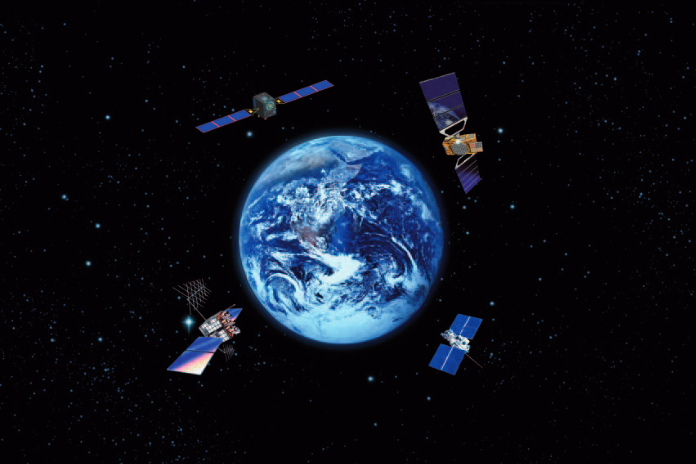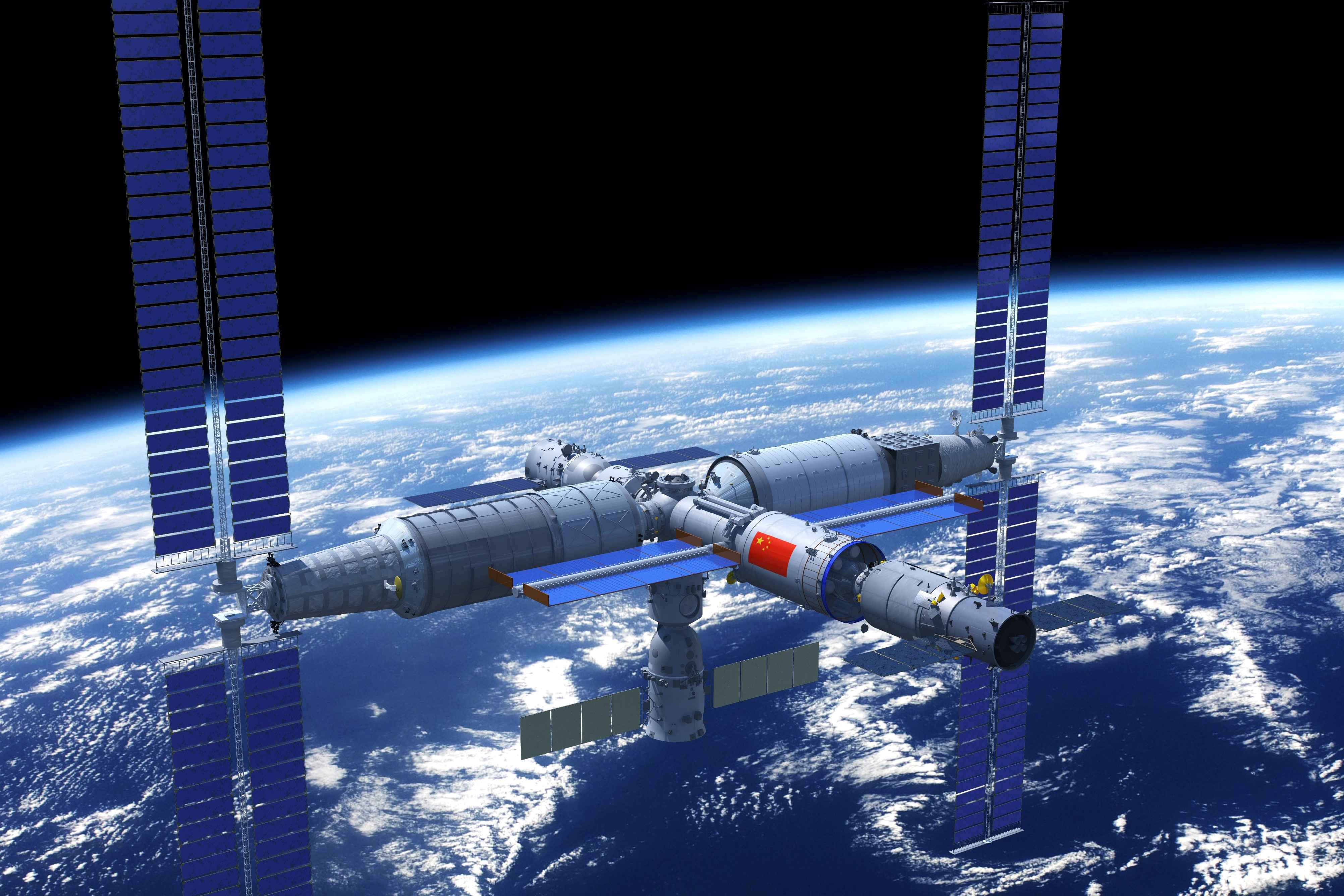Sustainable Development Goal 9: Industry, Innovation and Infrastructure
Sustainable Development Goal 9 seeks to build resilient infrastructure, promote inclusive and sustainable industrialisation and foster innovation. This SDG encompasses three important aspects of sustainable development: infrastructure, industrialisation and innovation. Infrastructure provides the basic physical systems and structures essential to the operation of a society or enterprise. Industrialisation drives economic growth, creates job opportunities and thereby reduces income poverty. Innovation advances the technological capabilities of industrial sectors and prompts the development of new skills. Inclusive and sustainable industrial development is the primary source of income generation, allows for rapid and sustained increases in living standards for all people, and provides the technological solutions needed for environmentally sound industrialisation.
Space technologies play a key role in:
- Infrastructure mapping and monitoring, including maintenance of road infrastructure in rural environments, where the most reliable technology is satellite-based
- Construction surveying though machine automation
- Smart mobility, e.g. reduced fuel consumption by smarter planning and monitoring of driving behaviour

